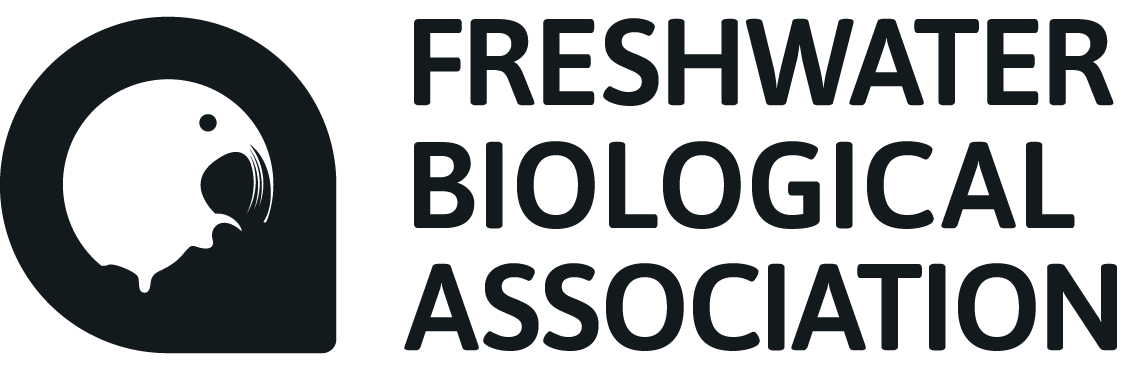RICT & RIVPACS User Guides
Input File
User Guides
RICT User Guide (v111) RICT2 user guide. Only use this for detailed descriptions of input and output variables and their interpretation – use RICT3 user guide for instructions for using RICT3 software.
RIVPACS IV End Group Descriptions
Location Checker and download tool for Model 44 Input Variables
Environment Agency’s Ecology and Fish Data Explorer
This template converts data extracted from the interactive map in Environment Agency’s Ecology and Fish Data Explorer into a form that can be pasted into the RICT data input template. A link to the Data Explorer can be found both in the tool and in the Supplementary Data section at the bottom of this page. Please note this template will only work with data downloaded from the interactive map. It does not currently work with data downloaded from the bulk ‘Downloads’ page as data is displayed in a different column order.
RICT2 Data Extraction Template - Ecology & Fish Data Explorer v7.xlsx
It’s vital that any samples analysed by RICT are collected and analysed according to the correct methods.
These two Environment Agency documents provide a current outline of the approach that we use for RIVPACS:
LIT 11610 - Freshwater Macro-invertebrate Sampling in Rivers, 2017
LIT 11614 - Freshwater Macro-invertebrate analysis of riverine samples, 2014
More general guides are available on STAR project website:
Enter > Protocols > Macro-invertebrates: RIVPACS Macro-invertebrate Sampling Protocol (covers shallow water sampling only) and RIVPACS Sorting & Recording (by Mike Furse).
Technical Specification
Test Report
Download: Test Report (coming soon)
Build Guidance
RICT3 software and brief guidance about updating the programme is available from https://aquametrics.github.io/rict/
All Indices
Download: NI - All Indices v1 (TOO BIG TO UPLOAD)
Compare
GB Multi Year
GB Single Year
GB Summer
New Model 44
NI Single Year
Download: NI Single Year v2 (TOO BIG TO UPLOAD)
NI Summer
Download: NI Summer v1 (TOO BIG TO UPLOAD)
GB TAXA Prediction
Coming soon
NI TAXA Prediction
Coming soon
Methods Based on RICT
Supplementary Data
The Ecology & Fish Data Explorer: holds data from the Environment Agency’s biological database, covering only England. It includes the RICT environmental data that the Environment Agency uses for classification (base data). It includes discharge category, which used to be published on river quality maps that are now out of print. This could help external users to estimate such data for their own sites.
Invertebrate identification
Accurate identification is vital. Misidentifications can led to discrepancies in results, including comparisons with RIVPACS predictions and the calculation of biotic indices. The Environment Agency produced a set of self-learning species identification module with help from various contributors. These are being updated and we will include them here as the revisions are completed. They do not replace mentoring or face-to-face training courses, such as those provided by the FBA. The first two modules cover basic species-level identification and analysts in the Environment Agency undertaking mixed taxon level analysis (RIVPACS TL5) must pass them. The remaining nine modules are more advanced and dedicated to individual invertebrate groups.
Module 0: Introduction to the course
